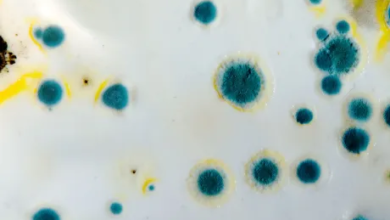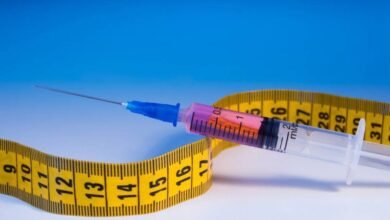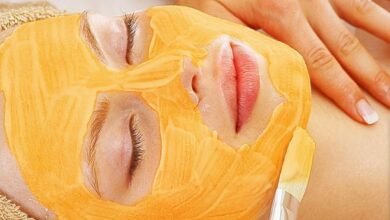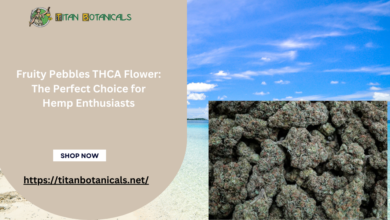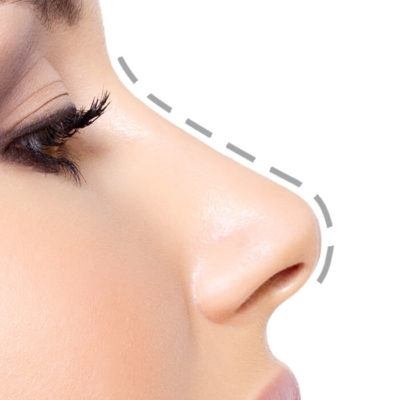
Closed Rhinoplasty in Abu Dhabi a popular type of nose surgery, offers numerous benefits, such as a shorter recovery time and minimal scarring. It involves making incisions inside the nostrils, which means no visible external scars. However, like any surgical procedure, recovery after closed rhinoplasty requires careful attention to ensure the best possible results. Below is a comprehensive guide on the steps to recovery after closed rhinoplasty in Abu Dhabi, focusing on key aspects to help patients heal effectively.
1. Immediate Post-Surgery Care
After the closed rhinoplasty procedure, you will be closely monitored by medical staff for a short period to ensure that you are recovering well from anesthesia. You may experience some swelling, bruising, and mild discomfort around the nose and eyes. This is entirely normal and should gradually subside.
Key Actions:
- Rest and Hydration: It’s crucial to rest and stay hydrated right after surgery to support the healing process.
- Pain Management: Your doctor will prescribe pain medication to manage discomfort. Be sure to take it as directed.
- Cold Compress: To reduce swelling and bruising, apply cold compresses around the eyes and nose during the first 48 hours.

2. Managing Swelling and Bruising
Swelling is a common side effect after closed rhinoplasty, and it can last for several weeks. The bruising around the eyes is typically most noticeable in the first few days but will improve steadily.
Key Actions:
- Elevation: Keep your head elevated, even while sleeping, to help reduce swelling.
- Ice Packs: Continue using ice packs for the first 48 hours, but make sure to avoid direct contact with the skin to prevent frostbite.
- Avoid Strenuous Activities: Avoid activities that could increase blood flow to your head, such as heavy lifting or vigorous exercise.
3. Following Your Doctor’s Instructions on Dressing and Splints
After surgery, your nose may be supported with a splint or nasal dressing to help maintain its shape as it heals. This may be removed after about one week, depending on your surgeon’s instructions. It is important to follow these instructions precisely to ensure the best outcome.
Key Actions:
- Avoid Wetting the Splint: Don’t get the splint wet during the first few days. Avoid activities like showering where water might splash onto your nose.
- Protect the Nose: Be careful not to bump or hit your nose during the first few weeks of recovery. Use extra caution when brushing your teeth or sleeping.
4. Monitoring for Complications
While most rhinoplasty recoveries proceed smoothly, it’s important to be vigilant for signs of complications. If you experience unusual symptoms such as excessive pain, bleeding, or signs of infection (redness, warmth), you should contact your surgeon immediately.
Key Actions:
- Watch for Bleeding: Light bleeding may occur in the first few days, but if it becomes heavy or persistent, consult your doctor.
- Follow-up Appointments: Schedule follow-up appointments with your surgeon to monitor your recovery progress. These appointments are important to ensure proper healing and to address any concerns you may have.
5. Gradual Return to Normal Activities
After the initial recovery phase, you can begin resuming normal activities, though it’s essential to take things slowly and avoid any activity that could strain your healing nose.
Key Actions:
- Limit Physical Activity: Avoid strenuous exercise or activities that could cause trauma to your nose for at least 3-4 weeks.
- Work and Social Activities: You may be able to return to work or social engagements once the splint is removed and any swelling has subsided, typically within one to two weeks.
6. Long-Term Care for the Best Results
The final results of closed rhinoplasty may not be apparent immediately, as swelling can persist for several months. Patience is key during this period.
Key Actions:
- Be Patient with Swelling: Full recovery can take up to a year, but noticeable results will appear within the first few months.
- Sun Protection: Protect your nose from direct sunlight to prevent discoloration or damage to the healing skin.
- Gentle Skin Care: Avoid harsh treatments or products on your skin during the healing process to prevent irritation.
7. Emotional and Psychological Adjustments
Undergoing rhinoplasty can be an emotional journey, as the changes to your appearance can affect your self-esteem. Some patients experience mood fluctuations during the recovery period, which is normal.
Key Actions:
- Positive Mindset: Stay patient with the process and trust that your new appearance will emerge gradually.
- Support System: Seek support from friends, family, or a therapist if needed. Emotional support can help you navigate the recovery phase more comfortably.
8. Final Results and Follow-Up Care
It’s important to remember that the final results of closed rhinoplasty will become more evident over time. By the 6-month mark, most swelling will have resolved, and the refined shape of your nose will start to emerge.
Key Actions:
- Long-Term Maintenance: Continue to take care of your nose and skin. Follow up with your surgeon if you have concerns or questions about the final results.
- Celebrate Your New Look: Enjoy the newfound confidence that comes with your enhanced appearance.
Conclusion
Recovery after closed rhinoplasty in Abu Dhabi requires attention to detail, patience, and careful follow-up. By adhering to your surgeon’s instructions, managing swelling, and protecting your nose from trauma, you can ensure a smooth recovery process. Keep in mind that while results will become more apparent over several months, the final outcome will be worth the time and effort spent on recovery.
